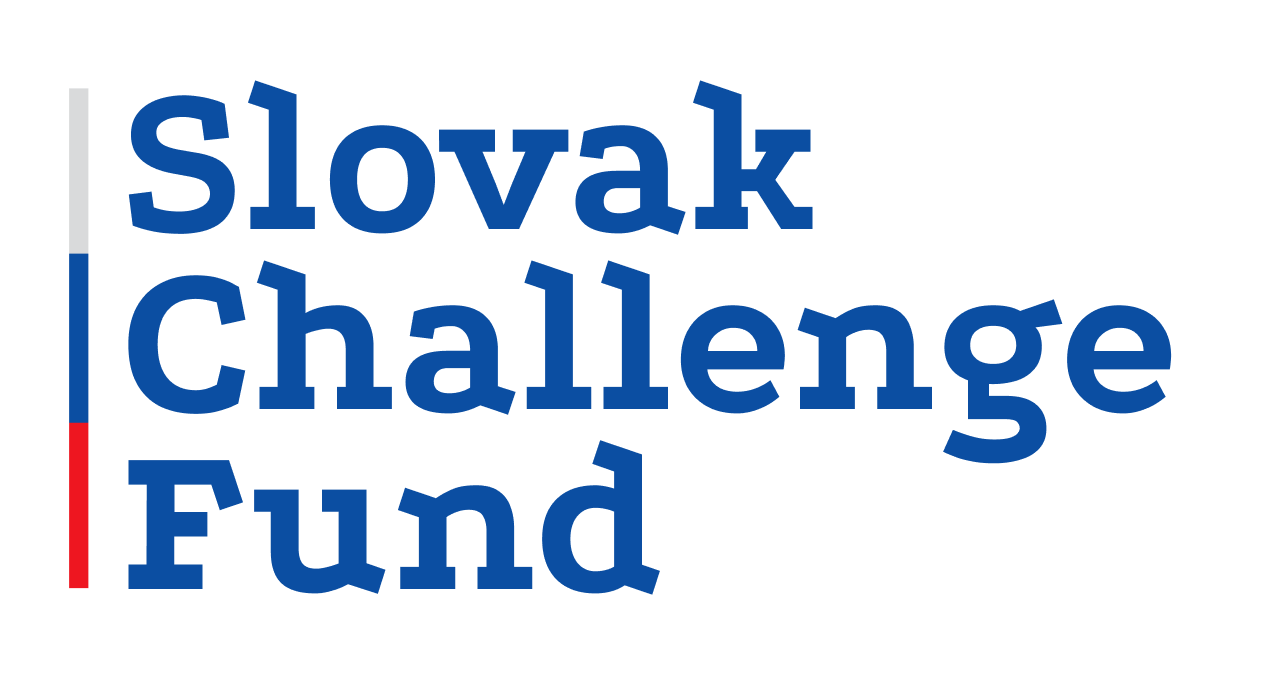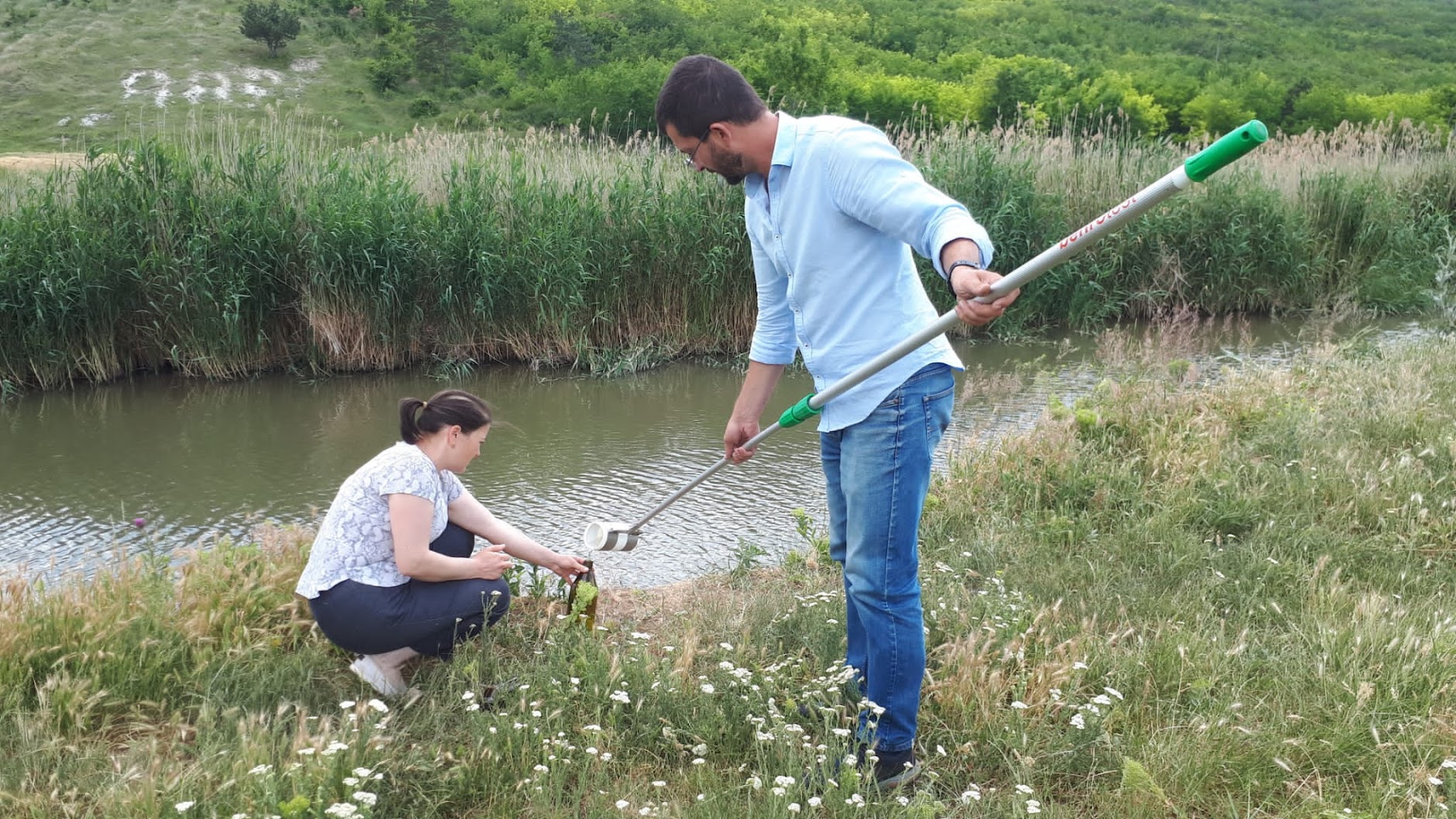Water samples from 45 locations in Moldova were analyzed using innovative sensor based PickMol technology. It has a great potential from the financial and ecological perspective.
In Moldova, water withdrawal by industry and municipalities increases and renewable water sources decrease. The Slovak Challenge Fund supported a project that measured the quality of drinking water sources throughout the territory, with the focus on detection of selected pesticides.
An innovative PickMol TM technology was developed by the Slovak company Saftra Photonics. It is portable, easy-to-use, and green. It is also cost effective and makes pollution monitoring more affordable. After considering secondary costs caused by use of conventional technology, reduction in costs for the analysis of one sample is 10-fold to 50-fold. “Neither special chemicals and laboratories nor expensive instruments are required for instant screening of pollution in the field. Thus, the sensor-based technology is a very good option for countries with less favorable economic conditions,” says Roman Oros from Saftra Photonics. The significant cost reduction will allow local agencies using the technology to conduct water monitoring at the EU standard level.
Altogether, 350 samples were analyzed. The sensor-based screening was applied in 45 different country locations covering all regular monitoring spots selected by partner Environmental Agency of the Republic of Moldova (EA). “The PickMol technology has proved to be an extremely sensitive and fast screening method of a relatively large territory in a very short time”, says Gavril Gilca from the Environmental Agency. He continues: “Equipping the National Surface Water Quality Monitoring System is very likely. It would significantly contribute to the process of real-time identification of Persistent Organic Pollutants in surface waters and greatly influence national decision-making process.”
The terrain water analyses were real-time accessible for operators in central lab of Environmental Agency thanks to the detection system PickMol RAMASCOPE. It was modified for sending the measured data to the data cloud that had been established. The accessibility of cloud data (results), connectivity and functionality of detection system have been successfully demonstrated and approved both in the field and in central laboratory of EA.
Roman Oros believes the potential of the technology is enormous. “Not only institutions, but also small communities or villages can make use of it to control their private water sources. We are bringing cheap analyses to reveal the water contamination. It can also have a big social impact in the following years, as you need just mobile phone to send data and get results almost immediately in return”, he says.
How the chip works
The sensing chip is immersed into a water sample for a minute. Alternatively, one drop of untreated water sample is placed onto the chip. After drying out, the sensing chip is placed to the portable detector RAMASCOPE™ that detects selected contaminants within two minutes. The measured data can be either sent by mobile phone to the cloud to obtain results or evaluated directly on the spot by connecting to a laptop. To assure data quality, the chemical standards of each pesticide were tested three times.
The water monitoring study was conducted within the project:
“PickMol: State-of-Art Control of Water Quality in Moldova”.
The project was implemented from February 2022 to February 2023.


 In partnership with the United Nations Development Programme
In partnership with the United Nations Development Programme
